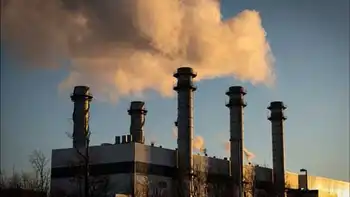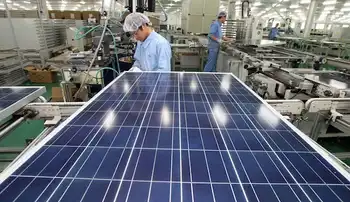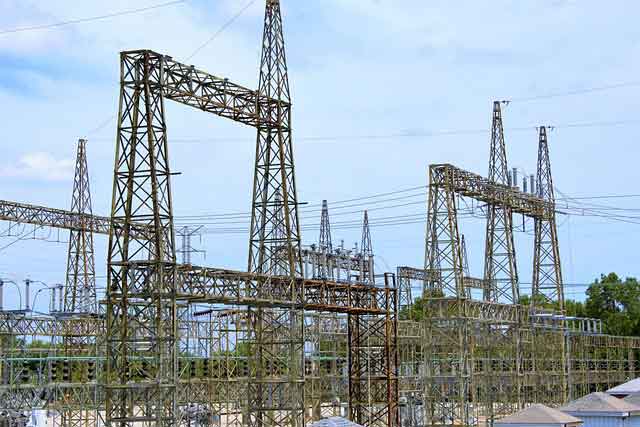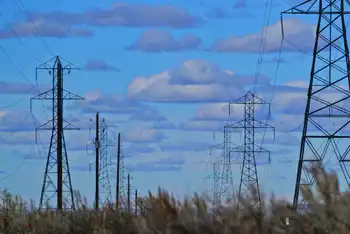GE, E.ON sign major U.S. turbine deal
By Electricity Forum
Substation Relay Protection Training
Our customized live online or in‑person group training can be delivered to your staff at your location.

- Live Online
- 12 hours Instructor-led
- Group Training Available
The O&M deal is one of the largest wind services agreements ever signed by GE.
The agreement is designed to maximize turbine availability and energy production across EC&RÂ’s U.S. installed base of GE wind turbines. In addition, the agreement reflects GE and EC&RÂ’s shared goal of maintaining peak performance and reliability and building the worldÂ’s best running fleet.
Under the milestone agreement, GE will provide 24/7 remote monitoring and diagnostics from GEÂ’s Schenectady, N.Y.-based Renewable Operations Center; flow and capital parts support; as well as complete site services for all GE 1.5-megawatt (MW) wind turbines installed at five EC&R project sites: the Pyron phase of Roscoe, Panther Creek I & II and Panther Creek III in Texas, Munnsville in New York and Stony Creek in Pennsylvania. The O&M contract includes an availability guarantee, ensuring turbine performance.
Working closely with EC&RÂ’s global team in the United States and Germany, GE developed a services agreement that addresses EC&RÂ’s need for predictable and competitive service costs, while maintaining operational excellence at the multiple sites. As the original equipment manufacturer, GEÂ’s extensive product expertise, coupled with its ability to deliver customized service solutions, will help maximize revenue generation for EC&R.
“By teaming with GE on this comprehensive agreement, we will have greater capability to control our O&M costs over the long term, which will help us cut our total operating costs,” said Steve Trenholm, CEO of E.ON Climate & Renewables North America. “In addition, the agreement ensures that our wind turbines will continue to operate at high availability and overall energy production.”
A single point of availability across E.ONÂ’s fleet of 529 GE wind turbines can equate to more than 25,000 MW-hours of additional energy produced annually. ThatÂ’s enough electricity to power more than 2,600 average American homes for an entire year.
“We look forward to working with EC&R in continuing their commitment to the ongoing development of renewable energy,” said Victor Abate, vice president — renewables for GE Power & Water. “This landmark agreement is the start of a long-term services relationship. With one of the industry’s largest fleets of installed wind turbines, we have accumulated the technology expertise and experience to help customers like EC&R keep their fleets operating at optimum levels.”
GEÂ’s 1.5-MW wind turbine is the worldÂ’s most widely deployed wind turbine, with more than 12,000 units now installed. According to the American Wind Energy Association (AWEA), GE 1.5-MW wind turbines accounted for 43 percent of all new wind power capacity in the United States in 2008, the sixth straight year that the GE technology has led the industry in annual installed capacity.











